How to Can Tomato Soup at Home (A Pressure Canning Recipe)
Whether you’re looking to stock your pantry or just have too many tomatoes, this canned tomato soup recipe promises a rich, flavorful base that transforms easily into a soothing soup. This step-by-step guide walks you through creating one of my favorite pressure canning recipes–one that you’ll really love and use.
Tomato Soup Canning Recipe

Ingredients
- 6 onions chopped
- 1 bunch celery chopped
- 8 quarts fresh tomatoes or 5-6 quarts of tomato juice
- 1 cup sugar
- ¼ cup salt
- 1 cup butter
- 1 cup flour
Optional Herbs:
- 1 tablespoon dried basil or to taste
- 1 tablespoon dried oregano or to taste
- 2 bay leaves remove before canning
Save This Recipe
You'll join my email list which you will love. And if you don't, unsubscribe in one click. ❤️
Instructions
- Prep Vegetables. Chop the onions and celery. Place them in a large kettle with just enough water to prevent burning. Simmer gently.

- Prepare Tomatoes. While the vegetables are simmering, cut the tomatoes, removing stems if not using a strainer. Add them to the kettle and cook until tender.

- Strain Mixture. Pass the cooked vegetables and tomatoes through a Victorio strainer (or similar) to remove skins and seeds. Return the strained mixture to the kettle.

- Add Flavors. Stir in the sugar, salt, and optional herbs (basil, oregano, bay leaves) into the mixture.

- Make Roux. In a separate bowl, cream the butter and flour together. Mix thoroughly with two cups of COLD juice until dissolved (to avoid lumps). Add this roux to the warmed tomato mixture before it gets hot, stirring well.

- Heat. Warm the mixture just until hot, avoiding a boil to prevent flour lumps. The mixture will continue to thicken as it cools.

- Fill jars. Ladle the hot soup concentrate into hot canning jars, leaving 1 inch headspace. Remove air bubbles, wipe rims, and secure lids and bands.

- Pressure can. Process pint jars in a pressure canner at 10 pounds of pressure for 15 minutes, adjusting for altitude. Check your pressure canner's manual for quart jars and for adjustments based on your location.

- Cool. After processing, turn off the heat and let the canner depressurize. Remove jars and let them cool undisturbed for 12-24 hours. Check seals before storing in a cool, dark place.

Notes
Nutrition
Every fall, as the air turns crisp and the leaves start to blanket the ground, I find myself craving something warm and comforting. That’s where this creamy tomato soup concentrate comes into play. This is just the thing for a quick and satisfying lunch on a chilly day.
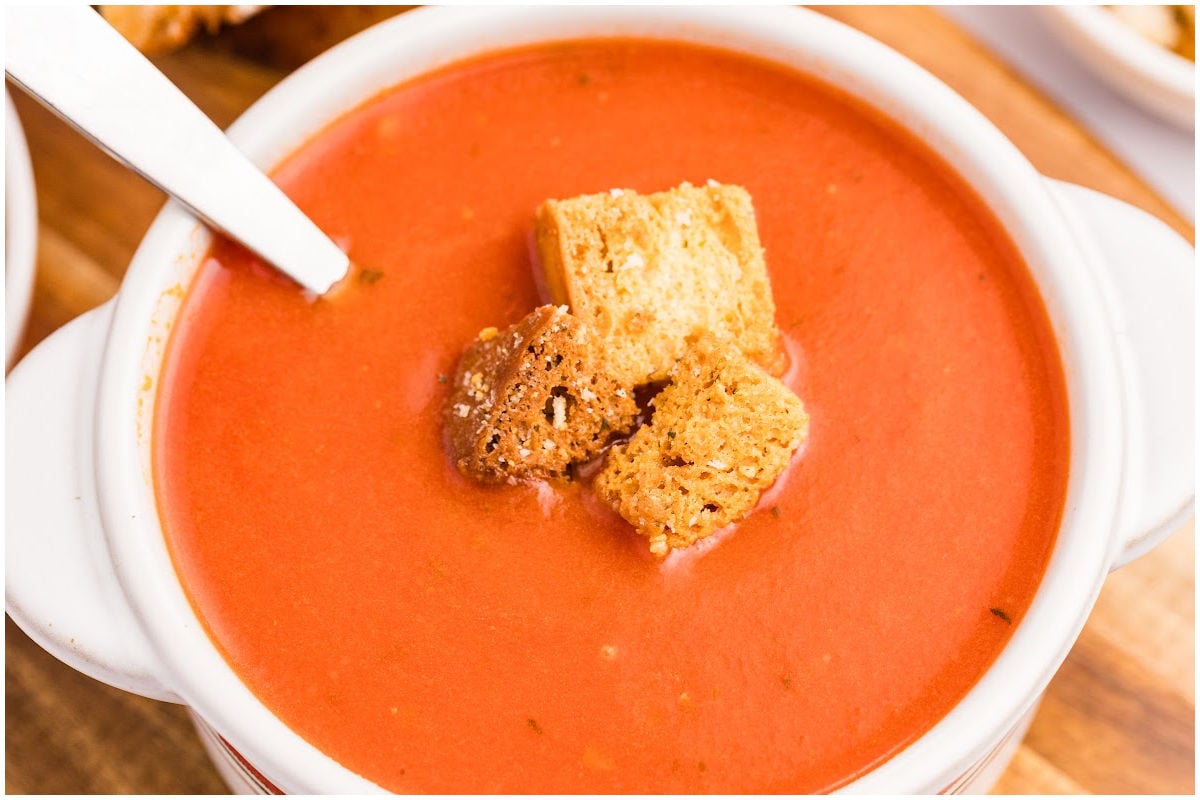
Trust me, once you try it, you’ll want to keep your pantry stocked all season long!
A Newsletter you’ll love
Daily recipes from the farmhouse, Sunday meal plans, seasonal ideas, straight from my kitchen to your inbox.
I promise to keep your email address safe. Unsubscribe at any time
Key Ingredients and Tools
Here’s a brief look at some important ingredients and why they matter:
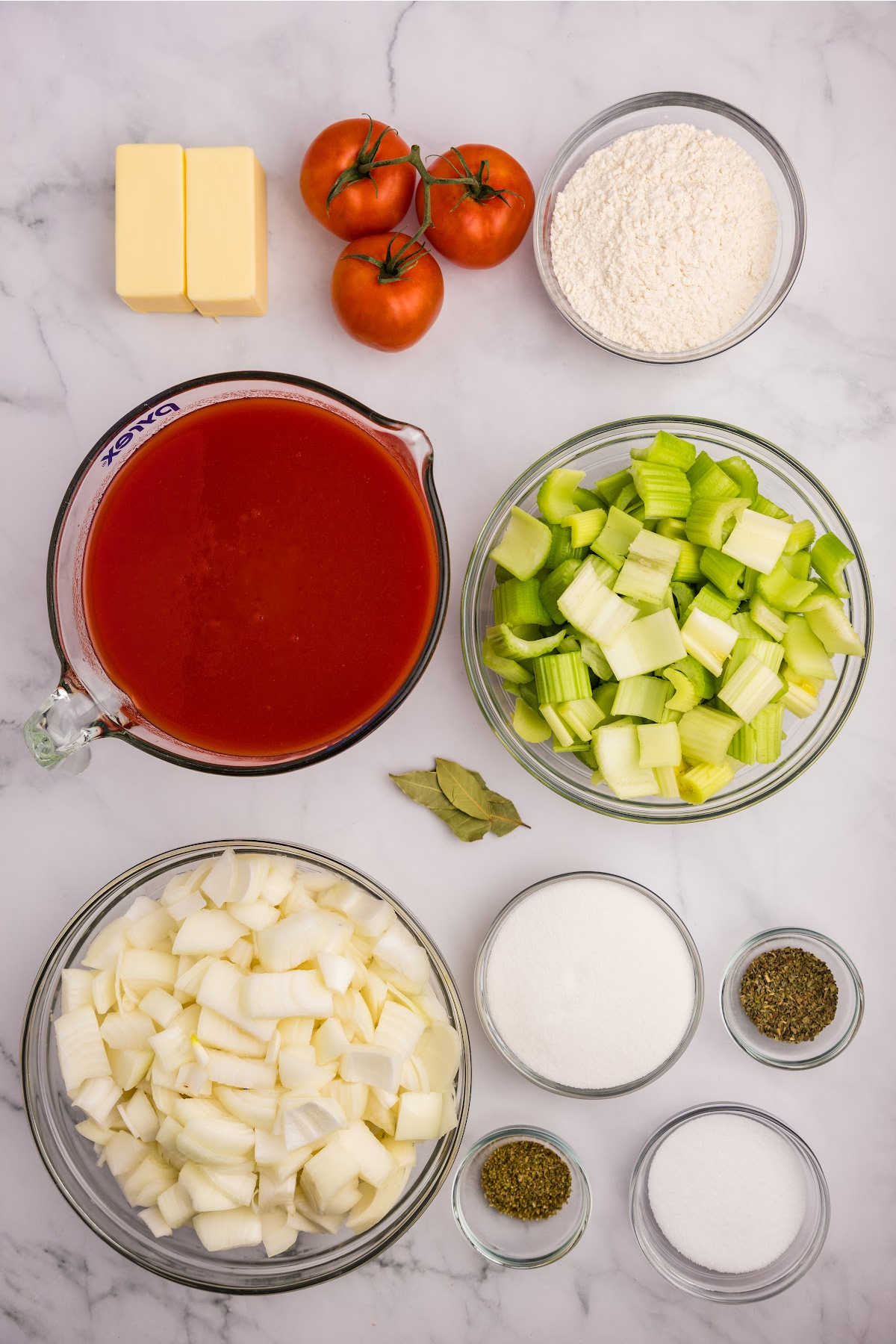
- Pressure Canner. Essential for safe canning and preserving the soup at home, a pressure canner is different from a water bath canner and is specifically needed for low-acid foods like vegetables.
- Food Mill. This tool helps in smoothly processing tomatoes and vegetables by removing skins and seeds, ensuring a silky texture in your concentrate.
- Victorio Strainer. Similar to a food mill, this specialized tool can speed up the straining process and is excellent for larger batches. It’s particularly useful if you make preserves often.
- Roux (Butter and Flour). This mixture thickens the soup concentrate. It’s crucial to mix it to a smooth, lump-free consistency with cold juice before adding it to the hot tomato base to prevent clumping.
Troubleshooting and Help
Absolutely! If fresh tomatoes aren’t in season or if you’re looking for a quicker option, canned tomatoes are a great substitute. Just be sure to use high-quality canned tomatoes for the best flavor.
No worries! You can peel and seed the tomatoes manually before cooking, though it’s a bit more labor-intensive. After cooking, you could use a blender or a sieve to help strain out any remaining skins and seeds.
Yes, for safety reasons, a pressure canner is necessary when canning this tomato soup concentrate. The pressure canner helps to eliminate the risk of bacteria, like botulinum, which can thrive in low-acid environments like tomato soup.
When properly canned and stored in a cool, dark place, your tomato soup concentrate can last for up to a year. Always check the seal and look for any signs of spoilage before using.
Definitely! If you prefer not to can, you can freeze the soup concentrate. Just be sure to leave some headspace in the containers when you fill them, as the liquid will expand when frozen. It should keep well for several months in the freezer.
Feel free to reach out if you have any questions or if you need more tips on making this recipe right!
This recipe is more than just a soup; it’s a way to bring a bit of homemade warmth to your table. I hope you enjoy it.
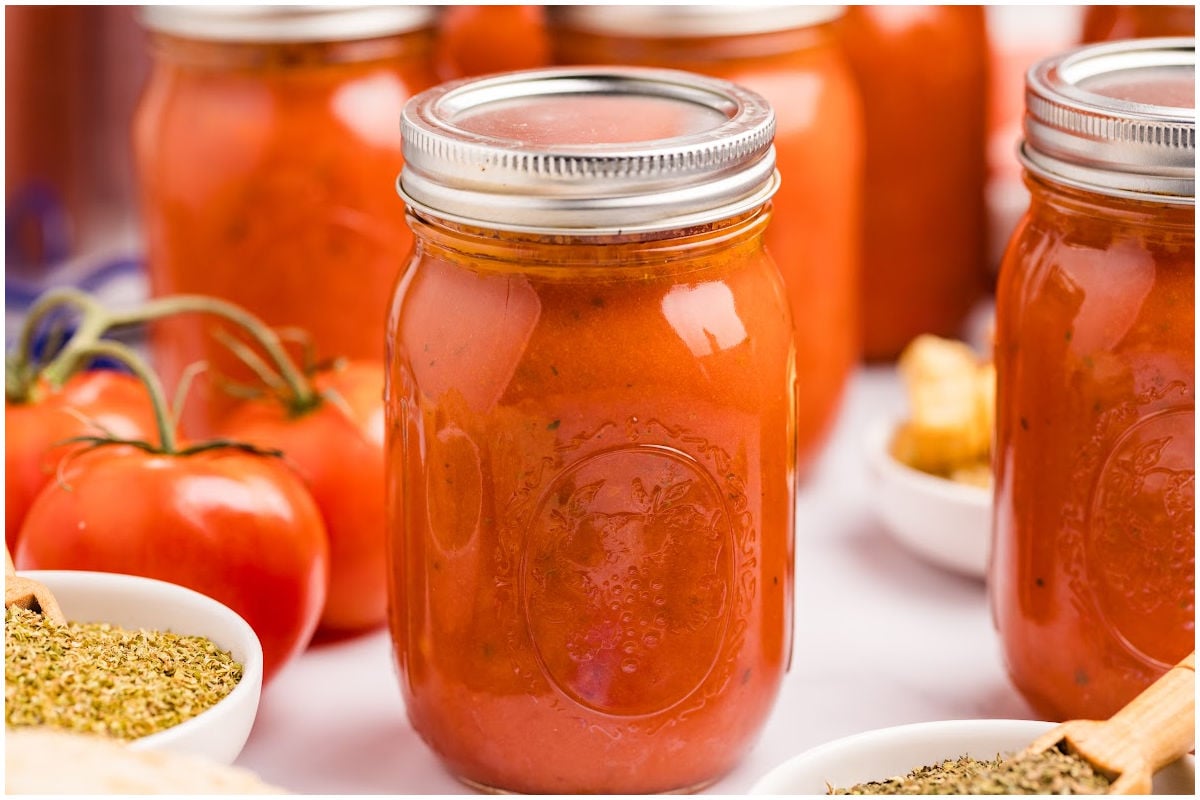
Love,



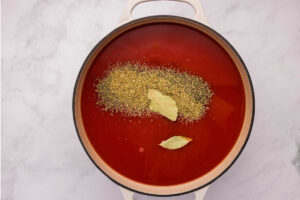


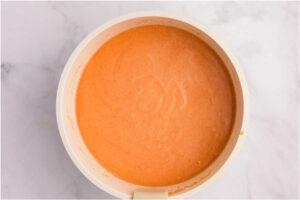
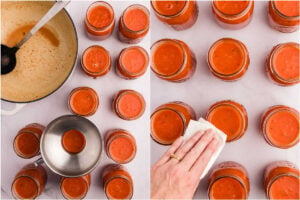
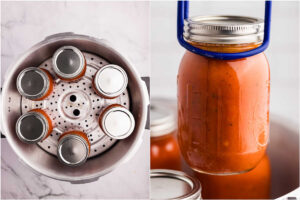
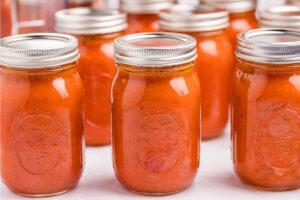









Hi Katie,
Your presentation to everything you offer on your website is so easy to understand and quality.
Do you have a course on how to pressure cook by utube or whatever means?
I see other vloggers offer courses, like sourdough making…, but would like to take an online course to see all the nuances of pressure canning. I have not ever attempted because of the fear factor of possible “explosion.”
Hi Karen, this summer I’m going to make some youtube videos on pressure canning. I just need my green beans to come in. Soon!!!